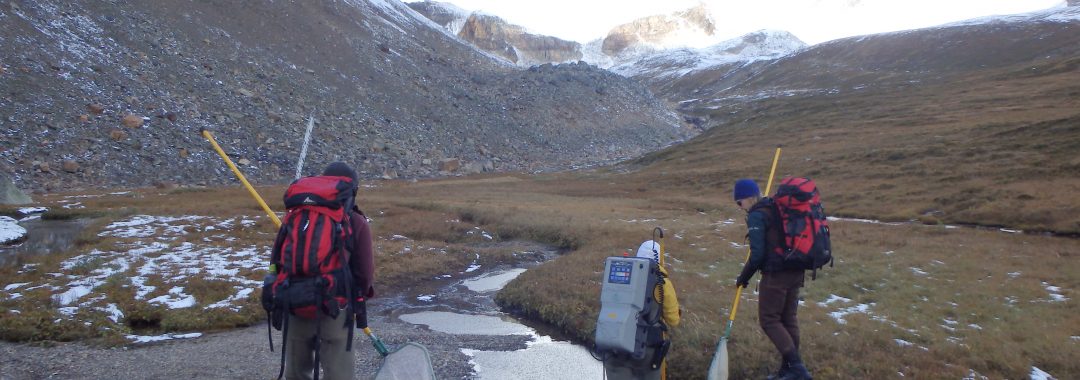Abstract:
This study tested the hypothesis that the most common gear type used to sample fishes in wadeable systems, electrofishing, was more effective than another commonly used gear type, seining, for sampling fish species at risk. Five predictions were tested. At sites where species at risk were detected, (1) the probability of detecting the species at risk, (2) the probability of only one gear type detecting the species at risk and (3) the estimated catch per unit effort of the species at risk, was as high as, or higher, when using electrofishing than when using a seine. (4) The number of sample sites required to detect a species at risk within a watershed and (5) the number of subsections required to detect a species at risk within a site, were as low as, or lower, using electrofishing than the number required using a seine. Based on analyses of these measurements, electrofishing was a more effective gear type than seining for sampling fish species at risk, irrespective of the unit (presence or absence or catch per unit effort) or scale of measurement (watershed or site level). Dissolved oxygen, turbidity, specific conductivity and nitrate concentrations were measured at each site and did not account for the between gear differences. Selection of sampling gear can be a fundamental consideration for the assessment of fish species at risk, where, unlike common species, they may be particularly influenced by small population sizes, restricted geographic ranges and narrow habitat preferences. Resource managers must weigh differences in the risks of injury of fish species at risk against differences in the effectiveness of each gear type when deciding between gear types and the utility of the assessments they represent.
Citation: Poesch, M.S., Mandrak, N.E., and McLaughlin, R.L. 2007. The effectiveness of two common sampling methods for sampling imperiled freshwater fishes. Journal of Fish Biology 70: 691-708.
Also Read:

